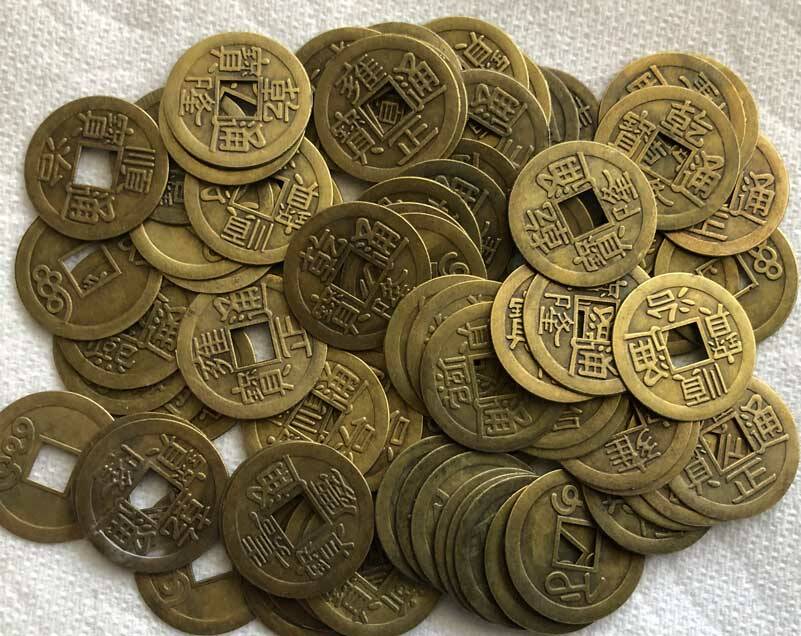By Morf Morford, Tacoma Daily Index
China has been the world’s second largest economy for several years. With a consistent blistering rate of growth, China’s economy was poised to dominate the global market of just about everything from basic goods to global interest rates. But like every other large economic player, China has not been immune from the challenges of the past few years.
Economic policy makers in most of the world’s biggest economies have faced an excruciating stagflationary dilemma; they have been simultaneously confronted with high inflation (which demands steep interest rates) and persistent fears of recession, which would normally call for interest rate easing. China, with a growth rate near double digits for the past several years faces an even more intense avalanche of economic forces.
If you think inflation is bad…
Inflation is an indicator of the difference between the value of a good or service and the value of the local currency. Inflation is where it takes more dollars to purchase the same amount of goods.
Most of us feel, and hate, the effects of inflation. We see price increases everywhere, and budget cut-backs almost everywhere. For most of us, inflation hits us at home and impacts every budget from individuals to the largest corporations and government at every level. We imagine that nothing could be worse.
Deflation is worse…
Here in the USA, inflation is receding – quickly. Rent, used-car prices and the cost of many basic goods are dropping fast. Annual wage growth is almost half what it was in 2020 and the recent red-hot housing market is losing some momentum.
The Atlanta Fed compiles an index of core “sticky” consumer prices – goods or services for which the cost changes far more slowly. In June, the index showed an annual increase of 5.6%. This was the slowest annual increase since August 2021.
Second-hand car prices fell for 11 months in a row in July of this year. This is their longest consecutive stretch of declines in a decade, after an unbroken 27 months of increases to August 2022. Used car prices are expected to drop even more in the next quarter or two.
This is good for most of us, isn’t it?
Deflation is one of those things that, at first glance seems great; who doesn’t love lower prices? Most of us as consumers love lower prices at the gas pumps or grocery shelves. But we don’t always love how, or why, those prices are dropping.
Deflation happens essentially when the energy leaves the market. And depletion is rarely, if ever, a positive economic indicator.
Many sectors of the world economy are encountering slowing growth and dangerously low inflation and stagnation, not stagflation. Prices charged by exporters and other producers are plummeting.
Developers and producers (and many investors and homeowners) find themselves in a bind between higher prices a year (or two) ago and lower prices now. And, presumably, in the future.
During inflation, the common strategy is to buy things before they go up in price. But what do you buy when you expect prices to drop. And keep dropping?
And, to a large degree, China is facing these problems at an even greater scale than the rest of us – the combination of slowing growth and deflation, is, to put it mildly, not a welcome sign.
The standard governmental response to both problems is economic stimulus, which, in theory at least, should revive spending, lift growth and dispel deflation.
Stimulus works. Doesn’t it?
A common stimulus is the lowering of interest rates. Presumably this makes businesses and individual a bit less hesitant about borrowing.
But not everyone agrees – some economists argue that firms and households will not borrow because they are already saddled with debt and fear for their own economic future. Or the larger economy, from national to global.
Multiply the standard level of trepidation by about ten, and you have a sense of the stakes at play in the Chinese economy.
China’s policy makers, and those of us around the world, know that past stimulus sprees there have left behind “ghost cities” – and barely used highway and other municipal projects.
Low interest rates work. Or at least they do (for the most part) what they were intended to do – they spur construction and development – which includes investment and employment. Whether that investment is worth doing and employment is stable is an entirely different set of questions.
It’s the scale of China’s economy – and its impact on world banks, interest rates and yes, that much heralded supply chain that will keep the world’s attention for years to come.






